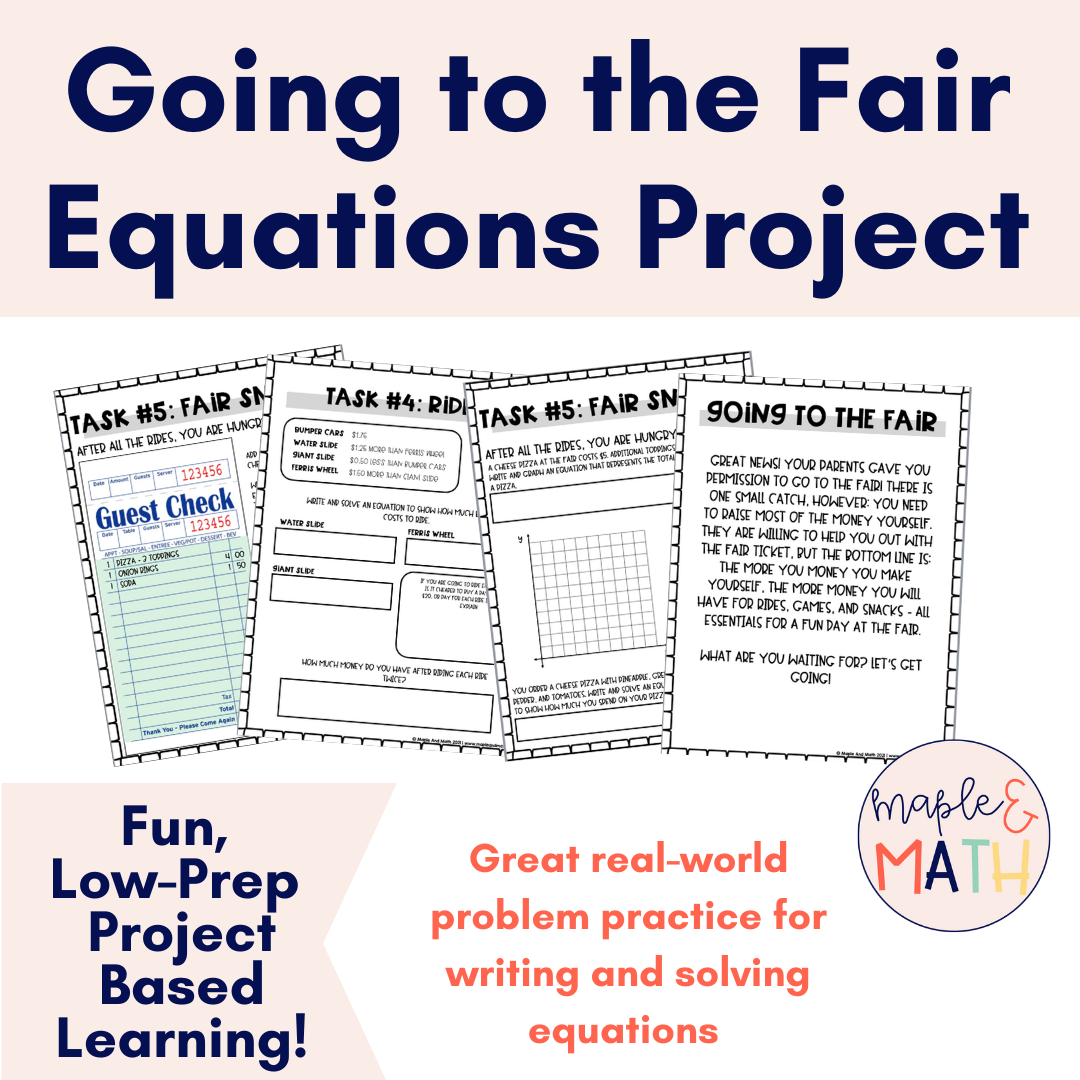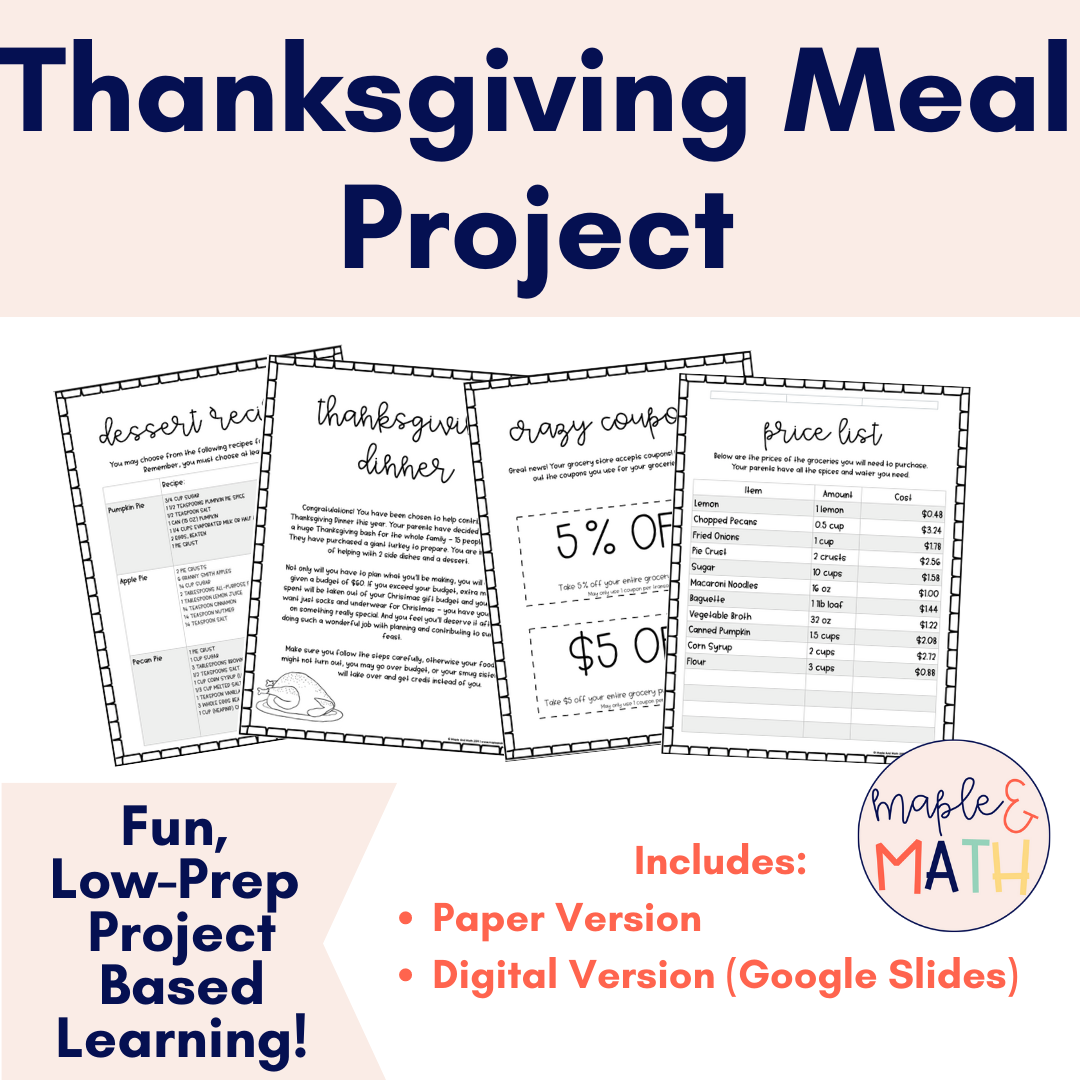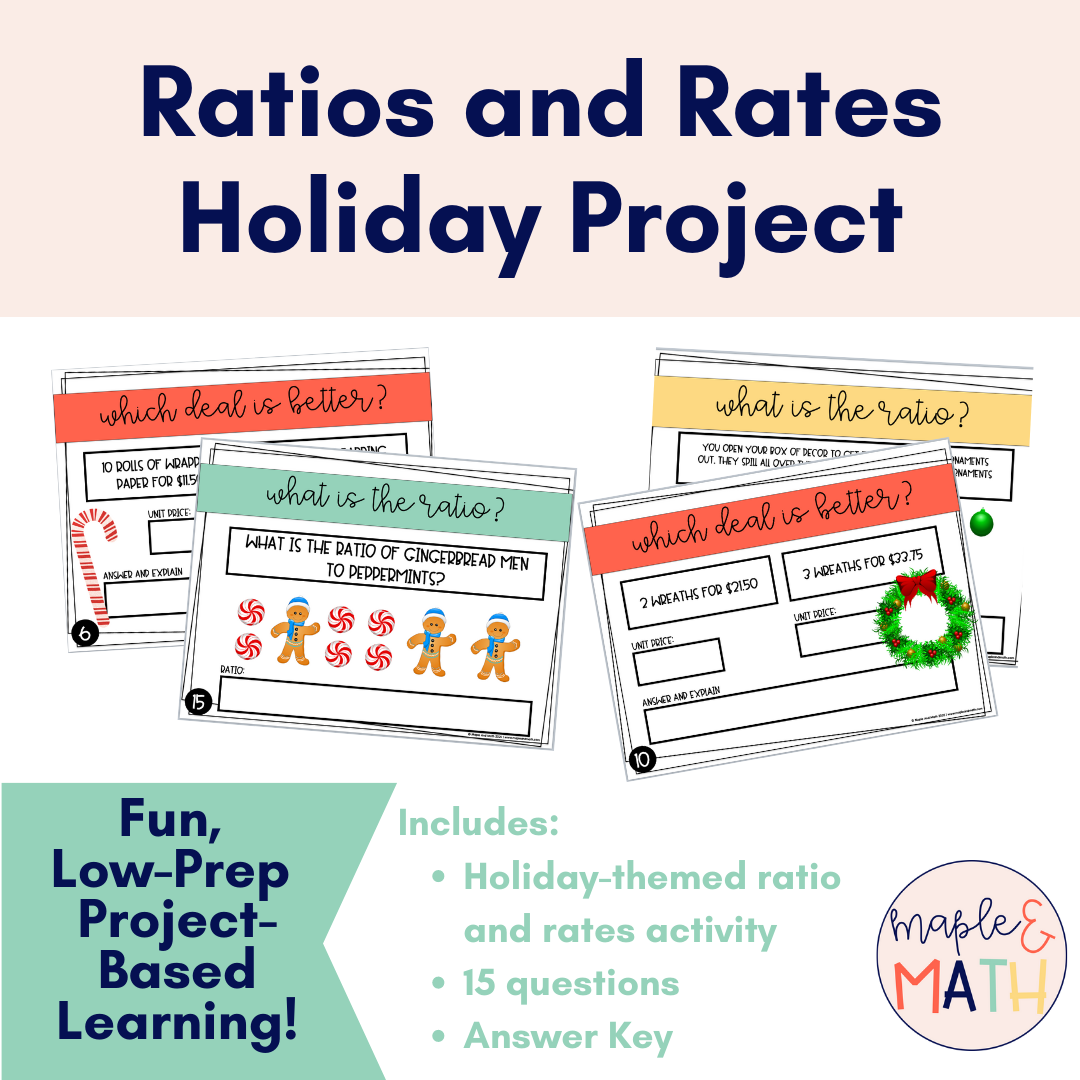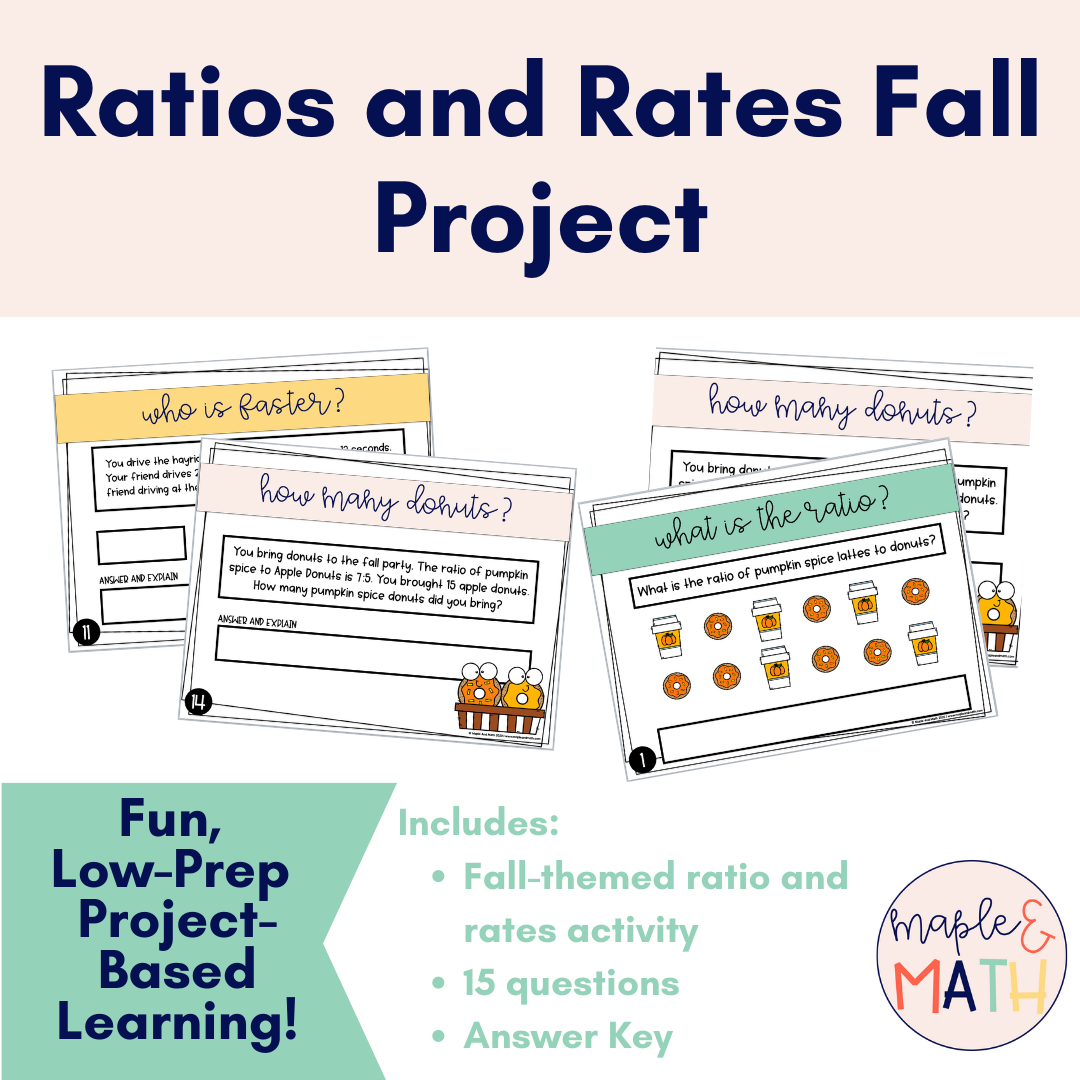Ideas to Help You Bring the Real World into Your Math Class
“When are we ever going to use this?”
“What is the point in learning this?”
“Mrs.Walter, what are 5 things you did today? Oh, notice you didn’t say math?! See? I don’t need it!”
“Why do we need to have math?”
These are just a few of the things I heard a lot of when I first started teaching math. I set out on a mission to eliminate these comments and mindsets out of my classroom. Sure, the reality is that there are some things students will never use (what the heck is a box-whisker plot anyway?!), but there are some basics that every one of us uses each day.
I am honestly pleased to say that I have not heard any of these statements in my classroom for a few years now, and I want to give you some ideas of how you can bring real-world connections into your math class and hopefully eliminate some of these statements as well!
Invite Guest Speakers
Not only does this break up the pace in math class, it helps students make connections between math and the real world. Guest speakers don’t have to be elaborate and they don’t even have to be in STEM professions. Students may be shocked to know that many professions require the math that they may even be learning in class at the time.
Share Math Stories
Seriously, I swear by sharing stories in math class. There are some great picture and chapter books out there that you can draw math lessons from! I’ll definitely be doing a post on my favorite math books in the near future!
Use Real-World Math Projects
“A project in maaaath?!” was the response the first time I presented a math project to my class. Of course, math projects are nothing new, but I sure never had any in school. Math projects are so much fun to implement into class, and I especially love doing them around the holiday seasons. I always do a fun Thanksgiving Dinner project and a Holiday Unit Rates/Ratios project with my students.
Another fun project to do could be a research project, where students research any topic and bring out the math sides. They could do one on the rainforest and calculate rainfall, or even on a STEM career. The possibilities are endless and it is so easy to personalize this to your students’ interests and the topics students are learning about in other subjects. Scaffolding for the win!
Related Products:
Include Math Talk Daily
Talking about math, and using the correct vocabulary, is key for not only helping students to become more comfortable with math, but also for them to make connections in vocabulary! A few examples could be “associative property" being connected to groupings, and even speaking decimals properly helps them make connections with fractions (2.1 spoken as 2 and one-tenth).
Use Word Problems That Use “You”
When students can put themselves into the word problem, it becomes much more relatable. Put “you” into word problems as much as possible.
Use Realistic Situations
Speaking of work problems, why does Jenny need 21 watermelons unless she is feeding the football team? When possible, use word problems that are realistic. This is especially true for students who already find math frustrating.
There are definitely times for unrealistic and fun word problems, however. Think April Fool’s Day or a silly day during a school spirit week! You know your class best.
Share About Your Own Math Experiences
I personally always tell my class about my own math struggles. It helps them see that it really is possible to get through and that there are many skills to be learned in math class, including logic, perseverance, and attention to detail.

















